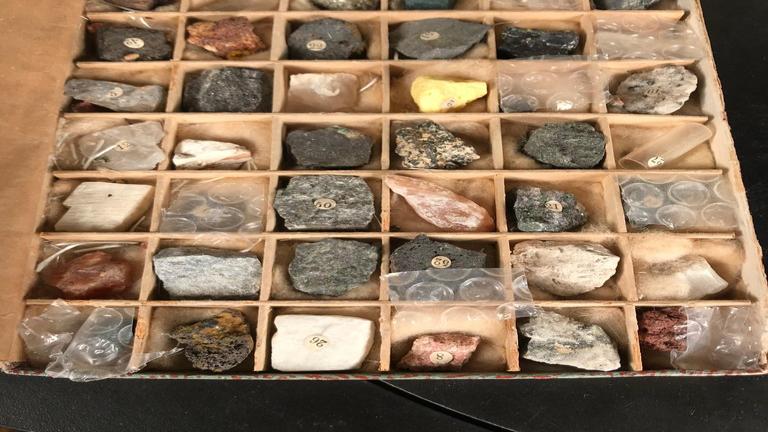Caring for mineral specimens requires some skill and careful attention. Minerals vary in nature; some are fragile, while others are prone to oxidation. Different minerals need different care methods. Her
1. Avoid direct sunlight
Mineral specimens should be kept out of direct sunlight for extended periods, as UV rays can cause some minerals to fade or undergo chemical changes. For instance, amethyst gradually loses its color in strong light, and minerals containing organic components, like amber, may oxidize with exposure to sunlight. It’s recommended to place mineral specimens in a shaded area or use a glass cabinet with UV protection for display.

2. Control temperature
Minerals are sensitive to environmental humidity and temperature, especially those that are easily weathered or absorb moisture, such as malachite, calcite, and gypsum. The ideal storage environment has a relative humidity of 40% to 60% and a temperature between 15-25°C (59-77°F). High humidity can cause water spots on the mineral surface or trigger chemical reactions, while overly dry conditions may lead to crack

3. Avoid chemical contact
Since mineral specimens may have natural fractures or pores, they should be kept away from any chemicals, including cleaning agents, perfumes, acids, and alkali solutions. These substances can corrode the mineral surface or leave stains. When cleaning mineral specimens, use a soft brush or damp cloth to gently wipe them, avoiding chemi

4. Avoid collision
Many minerals, like calcite, fluorite, and barite, have low hardness and are prone to damage from impact or friction. Therefore, mineral specimens should be stored individually, avoiding contact with each other. Soft cloth, foam pads, or other cushioning materials can be used to wrap each specimen and store it in a separate container. For fragile specimens, additional padding can offer extra prot

5. Regular inspection
Mineral specimens need regular inspection to identify and address potential issues. For example, some minerals may develop white efflorescence (weathering products) due to moisture absorption, which should be removed with a clean brush. Oxidation, discoloration, and other problems should also be addressed promptly.
6. Care for Specific Minerals
Different minerals require specific care methods. Here are four examples:
- Malachite: The surface of malachite is sensitive to acids and alkalis. Avoid contact with water and chemical solvents. Clean it gently with a dry cloth to prevent any damage.
- Pyrite: Pyrite is prone to oxidation, often referred to as “pyrite disease.” To prevent this, store pyrite in a dry environment and consider using desiccants to absorb moisture.
- Calcite: With low hardness, calcite is easily scratched. It should be wrapped in a soft cloth and stored separately from other minerals to avoid contact and friction.
- Selenite (Gypsum): Selenite is very soft and can be scratched or damaged by even mild friction. It is also water-soluble, so avoid contact with water. Store it in a padded container and handle it with care to maintain its clarity and shape.
















